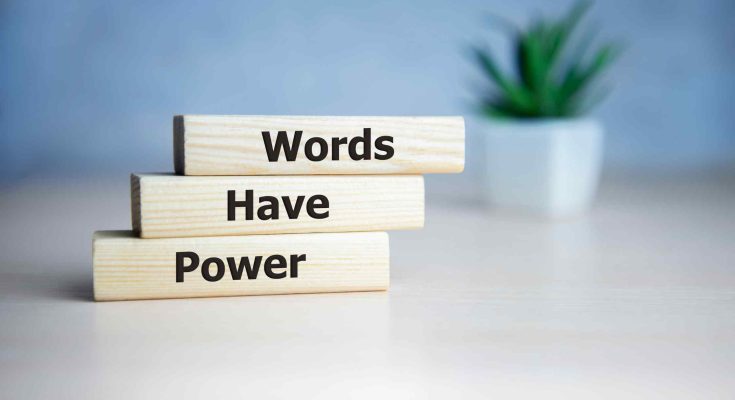When you think about language acquisition, you might imagine the traditional classroom setting with students practicing their vocabulary and grammar through boring drills and repetition. However, research has shown that incorporating play into language learning activities can actually make them more engaging and effective. In this article, we’ll explore the importance of play in language acquisition and how it can be used to enhance learning in both children and adults.
What is Language Acquisition?
Before we dive into the role of play in language acquisition, let’s first take a moment to understand what it is. Language acquisition is the process through which individuals acquire the ability to perceive, produce, and use language. It starts from birth and continues throughout our lives but sees its most significant developments during early childhood.
Stages of Language Acquisition
Here are some of the key stages of language acquisition:
- Prelinguistic Stage: Infants communicate using gestures, facial expressions, and vocalizations.
- Babbling Stage: Infants start producing sounds that are similar to those spoken around them.
- One-Word or Holophrastic Stage: Children start using single words to convey meaning (usually between 12-18 months old).
- Two-Word or Telegraphic Stage: Toddlers begin combining words to form simple phrases or sentences (they’re also demonstrating an understanding of grammar too).
- Complex Sentence Stage: As children grow older, they develop more sophisticated language skills (e.g., complex sentence formation and abstract concept understanding).
Why is Play Important for Language Acquisition?
Play plays a vital role in every child’s growth as it helps develop their cognitive abilities, social skills, emotional intelligence, and physical well-being. By integrating fun learning activities into your curriculum or study plans, you can help create a positive learning environment that will promote better engagement with the material. Here’s why researchers believe that there’s so much potential when it comes to play:
1. Engagement and Motivation
Incorporating play into your lessons will help make them more enjoyable and engaging for your students. With a fun activity to look forward to, they’ll be more likely to participate actively in class and retain the information you’re teaching.
2. Contextual Learning
Play provides a practical yet exciting context for children to learn new things. Whether it’s through games, toys, or role-playing activities, they’ll get to experience language being used in an authentic way that they can relate back to their own lives. This type of learning promotes a deeper understanding of the words and phrases they hear and helps them pick up on these patterns naturally.
3. Communication Skills Development
Play encourages children to interact with each other more frequently, which then gives them the opportunity to practice what they’ve learned so far about the language. By forcing them into situations where they have no choice but to speak with others (think cooperative games or group projects), you’ll be building their confidence when it comes to speaking, listening, and interpersonal skills.
4. Creativity and Imagination
Letting kids’ imagination run wild is crucial for their linguistic creativity as well as expression. Through imaginative play, kids invent stories, scenarios, characters – everything that makes up their own imaginary worlds – all of which require a lot of thinking (both linguistically and problem-solving wise). Through this process learners expand their vocabulary pool, experiment with new structures in sentences, and build fluency.
5. Emotional Engagement
By making learning fun and exciting for young learners, you’ll create an environment filled with positive emotions like joy or curiosity which are directly linked to better learning efforts overall. When kids associate language acquisition with good memories or experiences that excited them before in class they’re also more likely to engage further on another try! Play can also be used as a tool for emotional expression too; many kids struggle expressing how they feel verbally so by giving them other means to do so (such as drawing or acting things out) they’ll learn to cope better with their emotions in challenging situations.
Infusing Playful Learning Activities
It’s easy to incorporate play into learning a new language. You don’t need fancy equipment or special skills to make it happen. All you need is some creativity and imagination to turn simple activities into playful learning experiences. Here are some examples of activities that can help with language acquisition:
1. Telling Stories and Puppet Shows
Get learners to create their own stories using puppets, props, or drawings as part of the performance. Storytelling helps build both language skills and creativity.
2. Language Games and Puzzles
Play word scavenger hunts, crossword puzzles, or charades with your students. These activities not only reinforce key points like vocabulary, spelling, and grammar but also promote teamwork and problem-solving.
3. Role-Playing and Dramatization
Ask your learners to pretend they’re in different situations like going grocery shopping or ordering food at a restaurant. Facilitating conversation gets students talking while improving comprehension and pragmatic skills.
4. Songs and Rhymes
Whether you sing songs or makeup rhymes on the spot, these catchy tunes help reinforce patterns within the languages as well as pronunciation and rhythm.
5. Sensory Play
Try incorporating finger painting, sensory bins, or sculpting playdough into lessons for a more hands-on experience. These activities engage multiple senses in the process, which makes them easier to remember.
Read More: Boost Your English Language Skills with Word Games
Conclusion
In conclusion, play can be an incredibly effective tool when it comes to learning new languages; especially for those who struggle with traditional study methods! Incorporating playful learning activities into your curriculum will help stimulate language development while creating a much more engaging environment for your students overall — making way for meaningful communication in no time!
By embracing storytelling, language games, role-playing, sensory experiences we open new doors into an infinitely more enjoyable linguistic journey!




